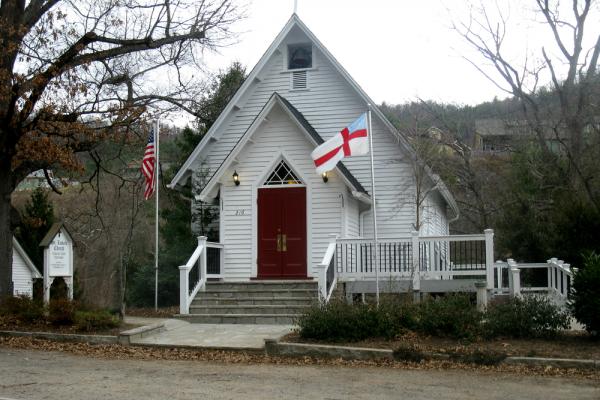Nov 7, 2017
Our research indicates that it is quite possible that a repeal of the Johnson Amendment that permits politics in the pulpit may in fact embolden a “religious left,” of the sort many media outlets claim has already become more active in the months following the 2016 presidential election, far beyond the effects of emboldening the religious right
Read the Full Article

Already a subscriber? Login
